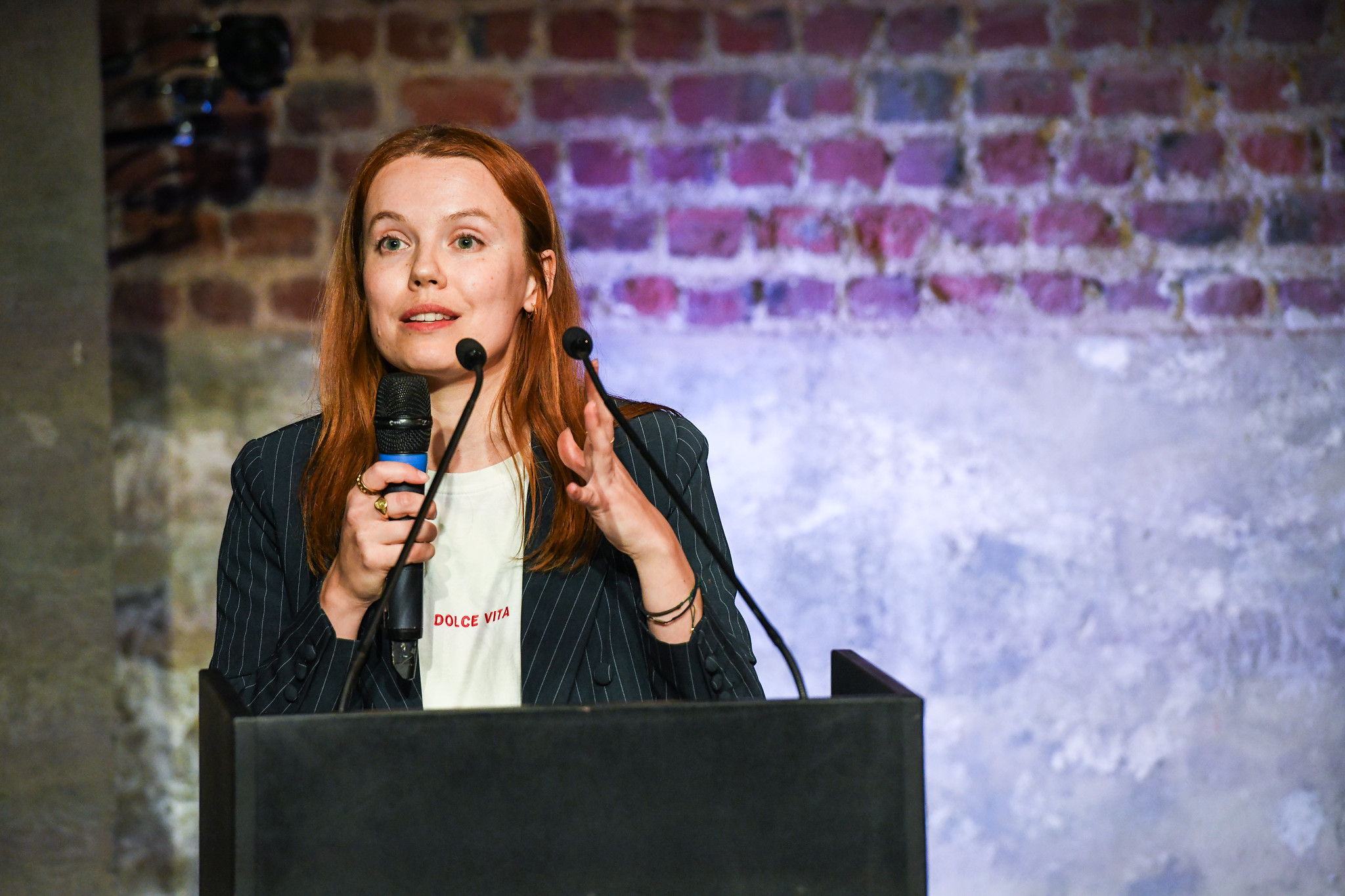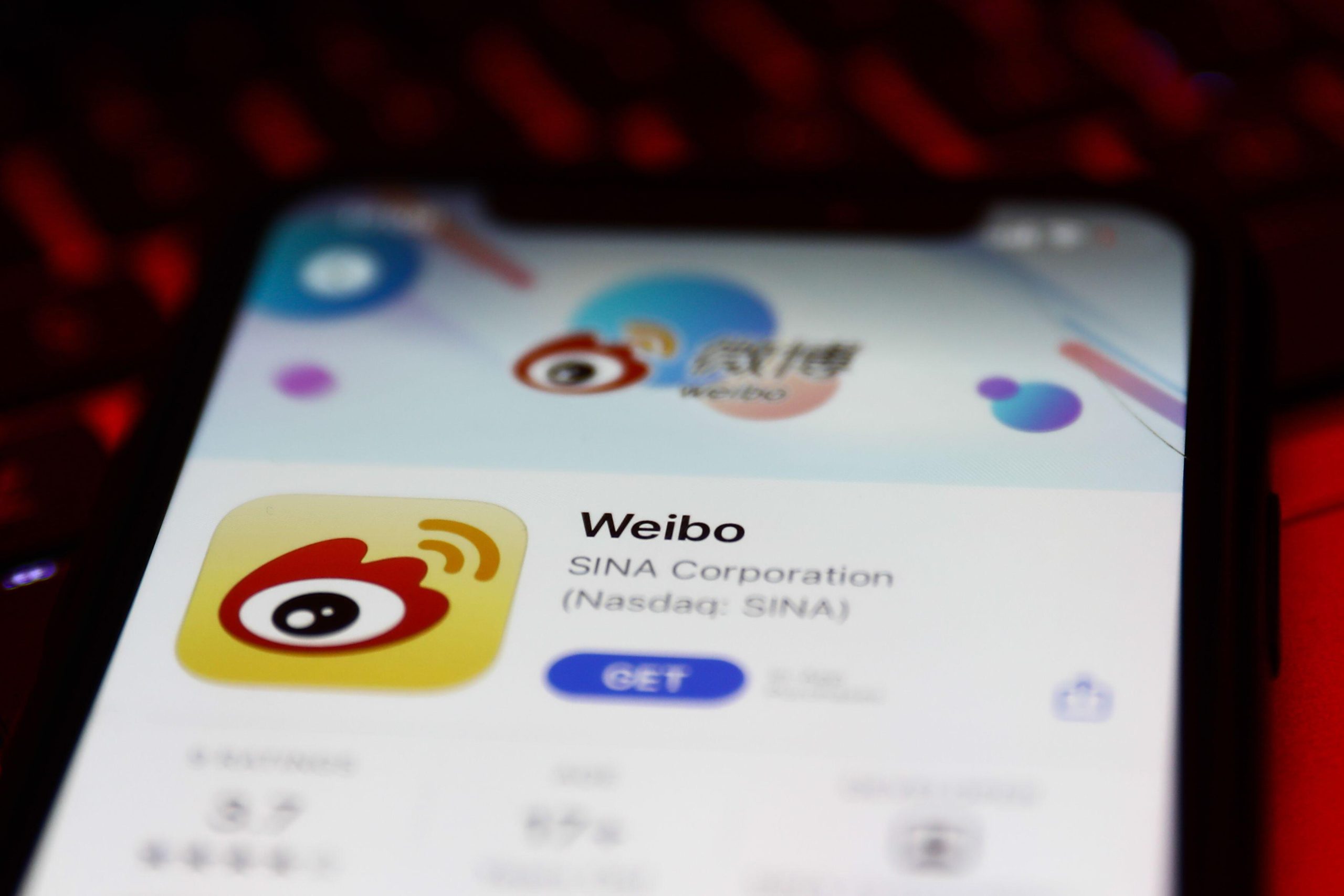 Despite the government’s best efforts, television and electronic media had a profound effect on how Pakistanis voted in this week’s election, says Zubeida Mustafa
Despite the government’s best efforts, television and electronic media had a profound effect on how Pakistanis voted in this week’s election, says Zubeida Mustafa
Two days before the elections in Pakistan on 18 February, the New York-based Human Rights Watch (HRW) gave a scathing indictment of the state of media freedom in the country. HRW expressed concern at what it saw as limits on the public’s right of information which would “undermine the chances that Pakistan will have free and fair elections.”
When polling day arrived, these apprehensions largely proved to be unfounded. The press, which has of late escaped the government’s rigorous scrutiny, did not by and large feel unduly curbed. In a country with less than 50 per cent literacy, and newspapers with circulation not exceeding four digits, the government now probably feels it has nothing to fear from the printed word.
If an authoritarian government feels threatened by the free flow of information, its fears are now directed at the electronic media. Eighty private television channels have mushroomed in Pakistan in the last few years — with the government’s permission of course — ever since President Musharraf’s regime decided to end the monopoly of the state-owned Pakistan Television Corporation and give licenses to private stations. Initially they were given a free run and no attempt was made to regulate them. But when their “activism” and dynamic reporting of events — especially the anti-Musharraf lawyers’ movement last year — began to hurt the regime it cracked down with a heavy hand on them.
The same evening [November 3, 2007] as the emergency that led to the sacking of 60 or so senior judges of the higher judiciary was imposed, many private channels were put off the air. Decrees were issued barring the publishing or broadcasting of anything that “defamed” or “brought into ridicule” the head of state, or other functionaries of the government or the armed forces. The media was also warned against inciting violence or disseminating anything “prejudicial to the ideology of Pakistan” or the sovereignty and integrity of the state. Being so undefined, these terms armed the government with arbitrary powers to determine what constituted a violation of the law.
The channels that were prevented from telecasting in the country were restored when the Pakistan Electronic Media Regulatory Authority (PEMRA) drew up new guidelines which television was required to observe. These included a ban on live broadcasting and prohibited live call-ins, live talk shows and live coverage of protest marches. Six journalists who had served as anchors were barred from appearing on television. With such a comprehensive and stringent ban in place in the run-up to the elections there was not much else left for the government to do to rein in the media at the time of polling.
Nevertheless, PEMRA found it necessary to issue some directives to the television outlets about the announcement of election results. Only certified results could be announced. As a result the government did not have much to fear from the electronic media as its capacity to ‘incite’ the public was considerably reduced by the time polling day arrived.
Given the government’s desperate attempts to tame the media, one can well ask why the ruling party could not sweep the polls, as it had been so confident of doing? For the answer to this question one has to look at the pattern of development of the media, especially the electronic media, and its interaction with politics in Pakistan.
In the window of opportunity the electronic media got in the years following the establishment of satellite television and before the Emergency was imposed in 2007 the private TV channels managed to play quite a momentous role in giving politics a new direction. Without it being widely recognised, television in Pakistan has proved to be a key factor in mobilising public opinion. Even the political parties have not succeeded to this extent, considering the constraints on their operation under a military government.
True, at times some of the channels went overboard — to the extent of being dubbed as “tabloid television” — and their approach verged on being overly sensational. But in the process they attracted new viewers. The live coverage of exciting events and the lively talk shows punctuated with call-ins from viewers created widespread public interest in the political crisis that gripped Pakistan in 2007. Never before have the people been so well informed about the nuances of politics as today.
With this mobilisation also came awareness. The would-be voters, long before elections were announced, were pondering and making a fine distinction between what was to their advantage and what undermined their interest.
Later, when the curbs came, the media found itself in a position to provide basic information and news to the already politically conscious viewers in the run-up to the elections. Confining itself within the stipulated framework, it still played a useful role.
It is now clear that the electorate has been empowered by the electronic media to such an extent that during the elections PEMRA’s curbs could not stem the momentum that had already been generated. The phenomenon of the electronic media’s role in politicising the common man in Pakistan has yet to be studied. But the reality of this phenomenon cannot be denied. It influenced the election trends on 18 Feb.
An “independent news coverage of politics, a less reverential approach to authority and tradition, and a more questioning, interactive and participatory style of programming”, to use David Page and William Crawley’s words in Satellites over South Asia, have done the trick.





